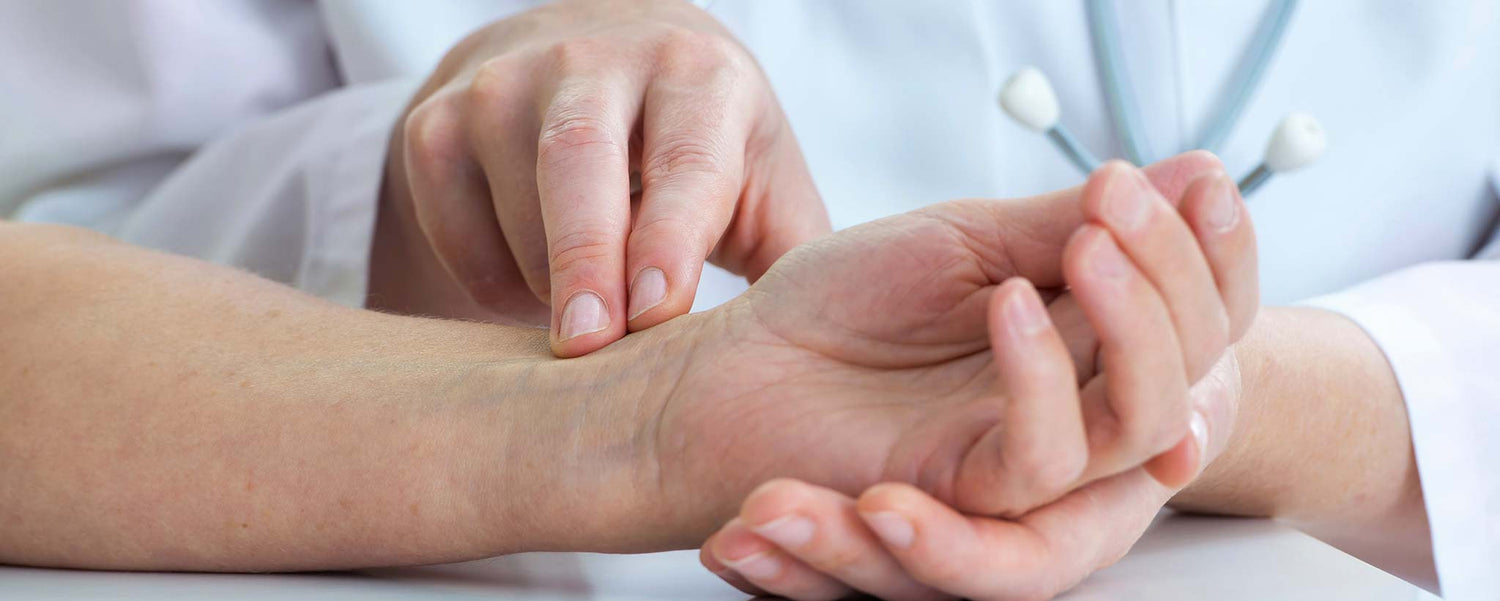What is the difference between systolic and diastolic blood pressure? What happens when the numbers are similar?
Systolic and Diastolic Blood Pressure
Numeric difference between systolic and diastolic blood pressure is pulse pressure. Systolic is the pressure in the blood vessels while the heart is contracting. Diastolic is the pressure in the blood vessels while the heart rests between beats. Similar systolic and diastolic pressures suggests impending circulatory collapse. If the values are too close, the heart has to pump (work) harder to keep the blood moving though the arteries.
The most important cause of elevated pulse pressure is stiffness of the aorta. Stiffness may be due to high blood pressure or fatty deposits damaging the walls of the arteries, leaving them less elastic (atherosclerosis).
Under 2017 guidance, 130/80 is now stage-1 hypertension. What you do prior to and during pressure measuring affects results. Sprinting or smoking raises blood pressure.
Factors or Activities That Increase Blood Pressure Readings
- Blood Pressure Cuff is Too Small (+10 to 40 mmHg) – Make sure the proper size blood pressure cuff is used on your upper arm when taking a measurement.
- Blood Pressure Cuff Used Over Clothing (±10 to 50 mmHg) – Cuff should always be placed directly on your arm.
- Not Resting 3–5 minutes (±10 to 20 mmHg) – Relax and rest quietly in a comfortable chair for 3 to 5 minutes before a reading is taken.
- Arm/Back/Feet Unsupported (+2 to 8 mmHg) – Be seated in a comfortable chair, legs uncrossed, with your back and arm supported.
- Talking (+10 to 15 mmHg) – While talking, systolic blood pressure measurement may increase.
- Emotional State – Stress or anxiety can cause large increases in blood pressure.
- Smoking – Refrain from smoking at least 30 minutes before having a measurement.
- Alcohol/Caffeine – Refrain from alcohol/caffeine at least 30 minutes before having blood pressure measurement taken.
- Cold Temperature – Blood pressure tends to increase when you are cold.
- Full Bladder (±10 to 15 mmHg) – Blood pressure is lower when your bladder is empty.
Order your Heart Conditions anatomy poster to hang more details about this subject on your exam room or classroom wall.
To support the writing of useful articles about cardiology, ClinicalPosters sells human anatomy charts, scientific posters, and other products online. You may sponsor specific articles, become a ClinicalNovellas Member, or remit a small donation.
ClinicalPosters sells human anatomy charts, scientific posters, and other products online to offset expense of the writing useful articles about cardiology. Slide extra posters into DeuPair Frames without removing from the wall.
Show your support by donating, shopping for ClinicalPins, becoming a ClinicalNovellas Member, or leaving an encouraging comment to keep the research going.
To support the writing of useful articles about cardiology, ClinicalPosters sells human anatomy charts, scientific posters, and other products online. You may sponsor specific articles or remit a small donation.
ClinicalPosters sells human anatomy charts, scientific posters, and other products online to offset expense of the writing useful articles about cardiology. Slide extra posters into DeuPair Frames without removing from the wall.
ClinicalPosters sells human anatomy charts, scientific posters, and other products online. You may remit a small donation or become a ClinicalNovellas Member.
You can support the writing of useful articles about cardiology by sponsoring specific articles, becoming a ClinicalNovellas Member, or remitting a small donation. Visible content is optimized for device size.







